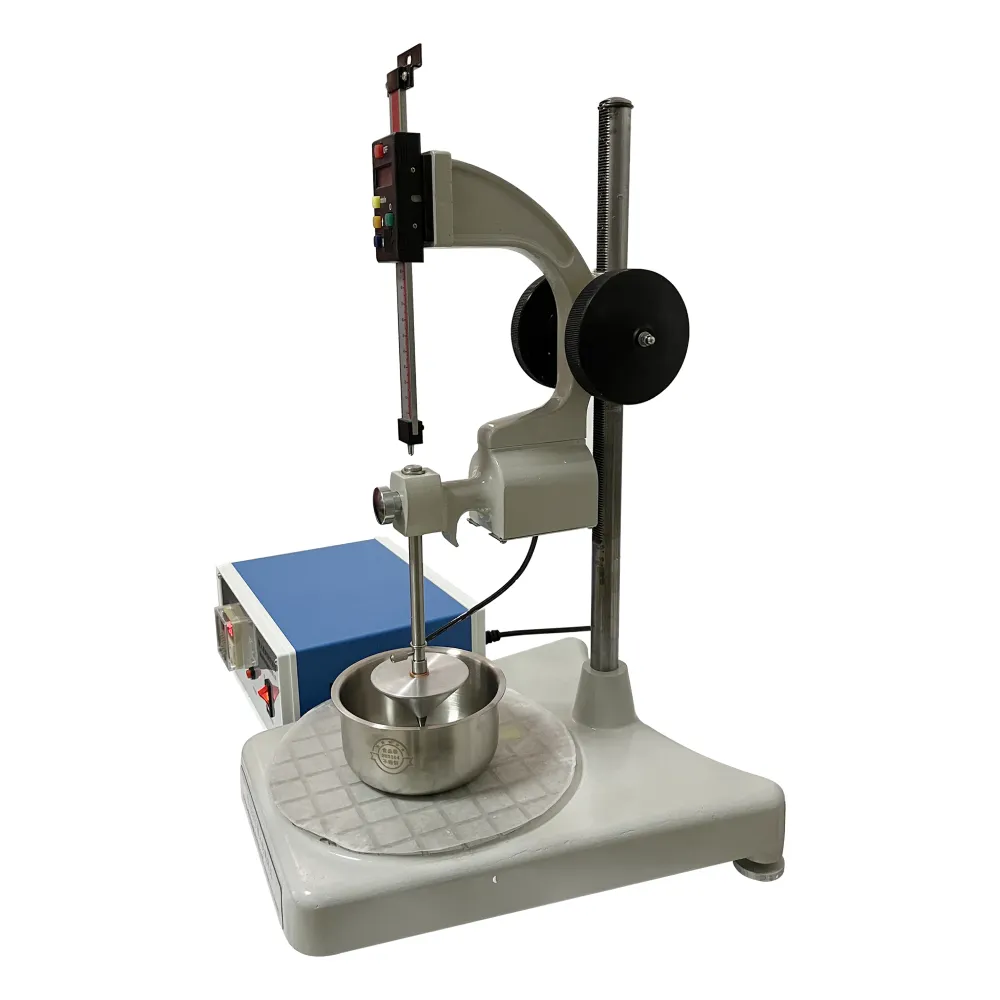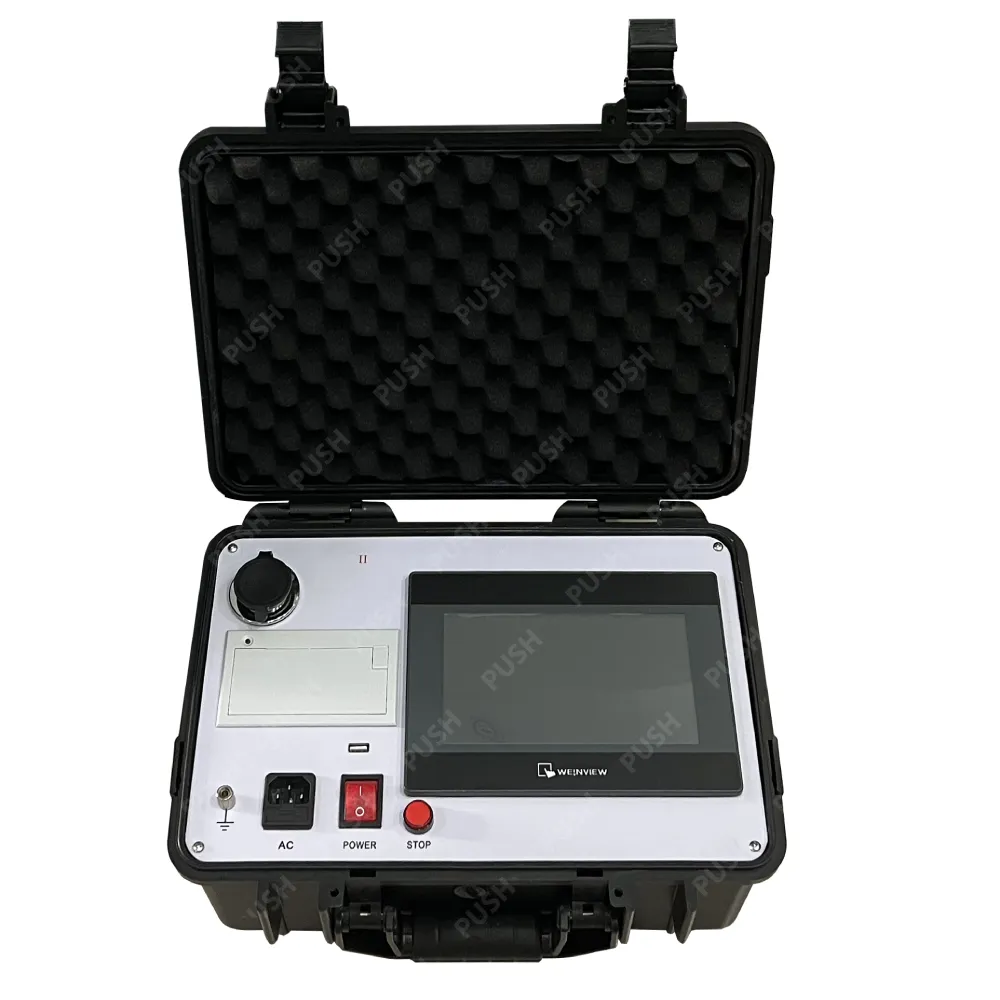TEL:
+86-0312-3189593
 English
English

Telephone:0312-3189593

Email:sales@oil-tester.com

-
 Afrikaans
Afrikaans -
 Albanian
Albanian -
 Amharic
Amharic -
 Arabic
Arabic -
 Armenian
Armenian -
 Azerbaijani
Azerbaijani -
 Basque
Basque -
 Belarusian
Belarusian -
 Bengali
Bengali -
 Bosnian
Bosnian -
 Bulgarian
Bulgarian -
 Catalan
Catalan -
 Cebuano
Cebuano -
 China
China -
 China (Taiwan)
China (Taiwan) -
 Corsican
Corsican -
 Croatian
Croatian -
 Czech
Czech -
 Danish
Danish -
 Dutch
Dutch -
 English
English -
 Esperanto
Esperanto -
 Estonian
Estonian -
 Finnish
Finnish -
 French
French -
 Frisian
Frisian -
 Galician
Galician -
 Georgian
Georgian -
 German
German -
 Greek
Greek -
 Gujarati
Gujarati -
 Haitian Creole
Haitian Creole -
 hausa
hausa -
 hawaiian
hawaiian -
 Hebrew
Hebrew -
 Hindi
Hindi -
 Miao
Miao -
 Hungarian
Hungarian -
 Icelandic
Icelandic -
 igbo
igbo -
 Indonesian
Indonesian -
 irish
irish -
 Italian
Italian -
 Japanese
Japanese -
 Javanese
Javanese -
 Kannada
Kannada -
 kazakh
kazakh -
 Khmer
Khmer -
 Rwandese
Rwandese -
 Korean
Korean -
 Kurdish
Kurdish -
 Kyrgyz
Kyrgyz -
 Lao
Lao -
 Latin
Latin -
 Latvian
Latvian -
 Lithuanian
Lithuanian -
 Luxembourgish
Luxembourgish -
 Macedonian
Macedonian -
 Malgashi
Malgashi -
 Malay
Malay -
 Malayalam
Malayalam -
 Maltese
Maltese -
 Maori
Maori -
 Marathi
Marathi -
 Mongolian
Mongolian -
 Myanmar
Myanmar -
 Nepali
Nepali -
 Norwegian
Norwegian -
 Norwegian
Norwegian -
 Occitan
Occitan -
 Pashto
Pashto -
 Persian
Persian -
 Polish
Polish -
 Portuguese
Portuguese -
 Punjabi
Punjabi -
 Romanian
Romanian -
 Russian
Russian -
 Samoan
Samoan -
 Scottish Gaelic
Scottish Gaelic -
 Serbian
Serbian -
 Sesotho
Sesotho -
 Shona
Shona -
 Sindhi
Sindhi -
 Sinhala
Sinhala -
 Slovak
Slovak -
 Slovenian
Slovenian -
 Somali
Somali -
 Spanish
Spanish -
 Sundanese
Sundanese -
 Swahili
Swahili -
 Swedish
Swedish -
 Tagalog
Tagalog -
 Tajik
Tajik -
 Tamil
Tamil -
 Tatar
Tatar -
 Telugu
Telugu -
 Thai
Thai -
 Turkish
Turkish -
 Turkmen
Turkmen -
 Ukrainian
Ukrainian -
 Urdu
Urdu -
 Uighur
Uighur -
 Uzbek
Uzbek -
 Vietnamese
Vietnamese -
 Welsh
Welsh -
 Bantu
Bantu -
 Yiddish
Yiddish -
 Yoruba
Yoruba -
 Zulu
Zulu
فېۋرال . 15, 2025 23:39
Back to list
transformer dc winding resistance tester
Power transformer winding resistance testing is an essential procedure in evaluating the integrity and performance of transformers. This test measures the resistance of the transformer windings to ensure they are functioning efficiently without any faults like short circuits or connection problems. Conducting this test provides actionable insights into the operational health of transformers and helps prevent potential failures that could lead to costly repairs or extended downtime.
Results interpretation demands a comprehensive understanding of both the theoretical and practical aspects of transformer operation. Engineers analyze the resistance values across all windings to ensure they fall within acceptable tolerances. Significant deviations can indicate multiple issues, including potential open circuits, partial short circuits, or improperly connected tap changers. Documenting test results accurately enhances the overall credibility and trustworthiness of the procedure. Each test performed should have a corresponding detailed report that includes the date, time, ambient temperature, and detailed resistance readings. Maintaining thorough records allows for trend analysis over time, helping to identify potential areas of concern before they develop into more serious problems. Given that power transformers are integral components of power distribution systems, ensuring their reliability is critical to maintaining consistent power delivery and system stability. Regular winding resistance testing, when conducted properly, extends the service life of transformers, enhances efficiency, and reduces operational risks. In summary, expertise in winding resistance testing of power transformers not only protects these vital components but also safeguards the overall integrity of the power distribution network. With qualified professionals conducting these tests using high-precision equipment, the mechanical and electrical health of transformers can be reliably monitored, ensuring that any necessary maintenance is performed proactively. In this way, winding resistance tests are indispensable in the broader context of energy management and electrical system stability.


Results interpretation demands a comprehensive understanding of both the theoretical and practical aspects of transformer operation. Engineers analyze the resistance values across all windings to ensure they fall within acceptable tolerances. Significant deviations can indicate multiple issues, including potential open circuits, partial short circuits, or improperly connected tap changers. Documenting test results accurately enhances the overall credibility and trustworthiness of the procedure. Each test performed should have a corresponding detailed report that includes the date, time, ambient temperature, and detailed resistance readings. Maintaining thorough records allows for trend analysis over time, helping to identify potential areas of concern before they develop into more serious problems. Given that power transformers are integral components of power distribution systems, ensuring their reliability is critical to maintaining consistent power delivery and system stability. Regular winding resistance testing, when conducted properly, extends the service life of transformers, enhances efficiency, and reduces operational risks. In summary, expertise in winding resistance testing of power transformers not only protects these vital components but also safeguards the overall integrity of the power distribution network. With qualified professionals conducting these tests using high-precision equipment, the mechanical and electrical health of transformers can be reliably monitored, ensuring that any necessary maintenance is performed proactively. In this way, winding resistance tests are indispensable in the broader context of energy management and electrical system stability.
Previous:
Latest news
-
Testing Equipment Industry Sees Major Advancements in 2025: Smart & Precision Technologies Lead the WayNewsJun.06,2025
-
Applications of Direct Current Generators in Renewable Energy SystemsNewsJun.05,2025
-
Hipot Tester Calibration and Accuracy GuidelinesNewsJun.05,2025
-
Digital Circuit Breaker Analyzer Features and BenefitsNewsJun.05,2025
-
Benefits of Real-Time Power Quality Monitoring Devices for Industrial EfficiencyNewsJun.05,2025
-
Earth Fault Loop Testing in High-Rise Building Electrical SystemsNewsJun.05,2025



